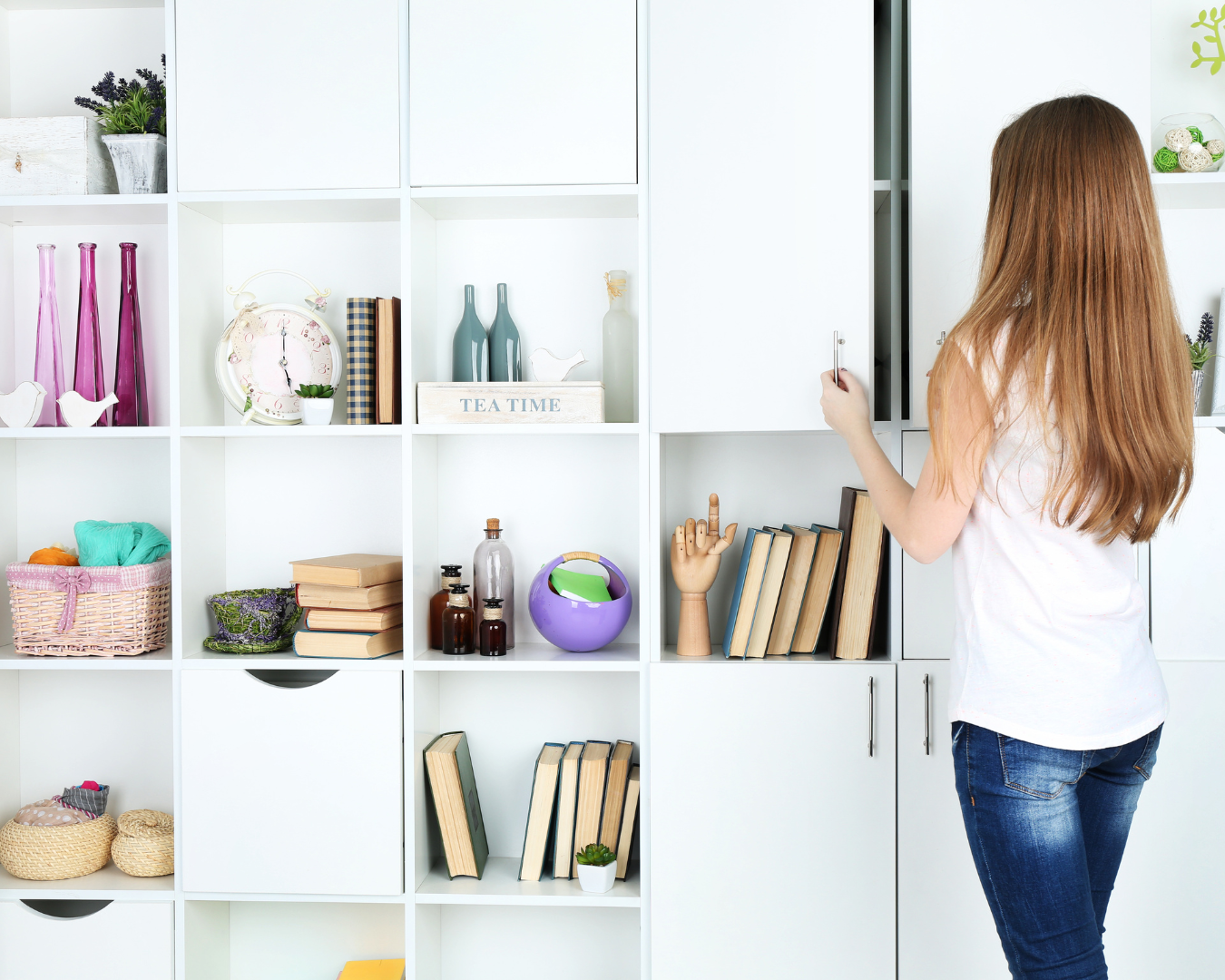Open Shelving vs. Cabinets: Pros and Cons for Kitchen Storage
Choosing the right storage solutions for your kitchen can greatly impact its functionality and aesthetic. Open shelving and cabinets are two popular options, each with its own advantages and drawbacks. To help you make an informed decision, we’ve outlined the pros and cons of both open shelving and cabinets for kitchen storage.
Open Shelving
Pros
1. Visual Appeal and Spaciousness
Open shelving creates an airy and open feel in your kitchen, making it appear larger and more inviting. This style is perfect for showcasing your dishware, glassware, and decorative items, adding a personal touch to your kitchen decor.
2. Accessibility and Convenience
With open shelving, everything is within easy reach. This convenience is ideal for frequently used items, allowing you to quickly grab what you need without rummaging through closed cabinets.
3. Cost-Effective
Open shelving is generally more affordable than traditional cabinets. It requires less material and labor to install, making it a budget-friendly option for kitchen renovations.
Cons
1. Dust and Maintenance
Items on open shelves are exposed to dust and kitchen grease, requiring regular cleaning to maintain their appearance and hygiene. This can be a significant drawback if you’re looking for low-maintenance storage solutions.
2. Limited Storage Space
Open shelves offer less storage space compared to cabinets, as they typically cannot hold as many items. This can be a challenge in smaller kitchens or for those with a large amount of kitchenware.
3. Cluttered Appearance
If not organized meticulously, open shelving can quickly look cluttered and messy. It requires a commitment to maintaining an organized and aesthetically pleasing arrangement.
Cabinets
Pros
1. Ample Storage Space
Cabinets provide ample storage space, helping to keep your kitchen organized and clutter-free. They can accommodate a wide range of items, from pots and pans to small appliances and pantry goods.
2. Protection from Dust and Grease
Cabinets protect your kitchenware from dust, grease, and other contaminants, reducing the need for frequent cleaning. This makes them a practical choice for storing less frequently used items.
3. Streamlined and Neat Appearance
Closed cabinets offer a clean and streamlined look, hiding away any mess and maintaining a tidy kitchen environment. This is particularly beneficial in modern and minimalist kitchen designs.
Cons
1. Higher Cost
Cabinets tend to be more expensive than open shelving due to the materials, hardware, and labor involved in their construction and installation. This can be a significant consideration if you’re working with a limited budget.
2. Accessibility Issues
Items stored in cabinets, especially those at the back or on higher shelves, can be harder to access. This may require additional organizational tools, such as pull-out shelves or lazy Susans, to improve accessibility.
3. Visual Clutter
In some kitchen designs, a row of upper cabinets can create a heavy and closed-in feeling. This can be counterproductive in smaller kitchens, making the space feel cramped and less inviting.
When deciding between open shelving and cabinets, consider your kitchen’s size, style, and how you use your space. A combination of both might be the ideal solution, providing the benefits of each while mitigating their drawbacks.
Hybrid Approach
- Balance Functionality and Aesthetics: Use open shelving for frequently used items and decorative pieces, while reserving cabinets for bulkier and less attractive items.
- Personalized Storage: Customize your storage solutions to suit your specific needs, enhancing both the functionality and visual appeal of your kitchen.
Ultimately, the choice between open shelving and cabinets depends on your personal preferences, lifestyle, and the overall design of your kitchen. By weighing the pros and cons of each option, you can create a kitchen that is both beautiful and practical, tailored to your unique needs.

